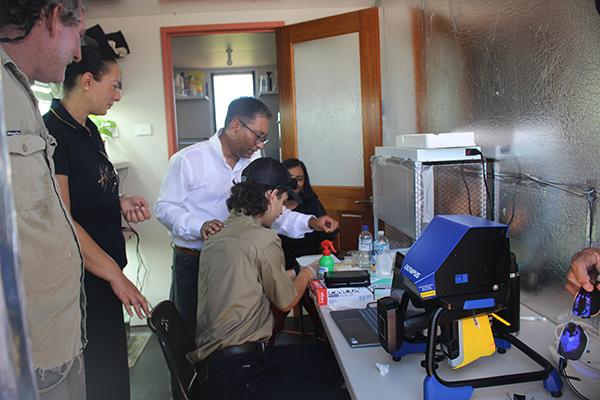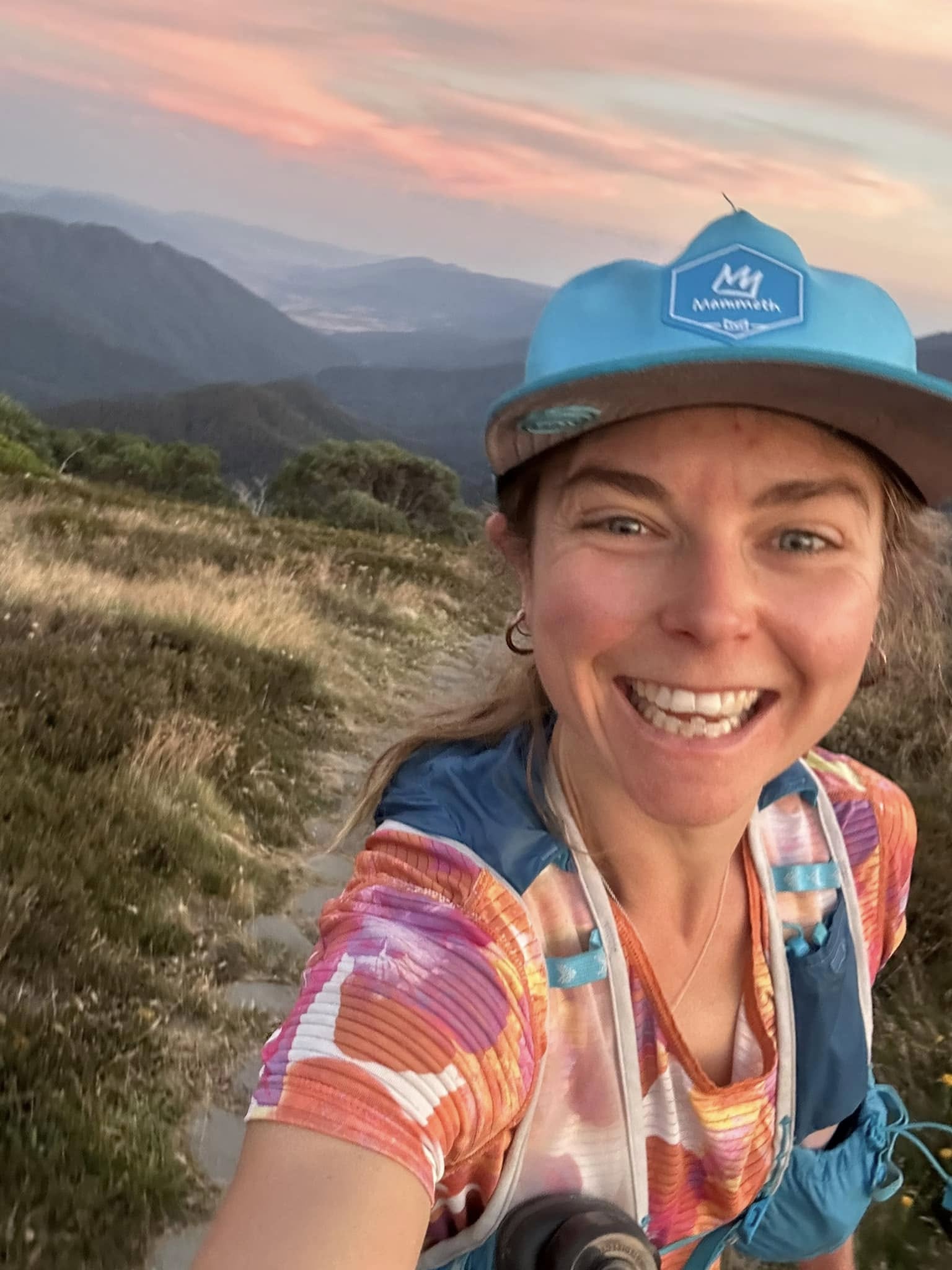
Meri Leask has looked out for the Bluff fishing fleet for 40 years.
For all that time the “voice of Bluff” has single handedly kept the town’s marine radio running – from her kitchen on a voluntary, self-funded basis.
“The fishermen in our community have hearts of gold,” she says.
Far to the north in sunny Nelson, Australasia’s biggest fishing port, Mayor Rachel Reese is also a champion of the fishing industry.
“The seafood industry’s really at the heart of our community, and it’s not just here in Nelson, you know, it’s all around the country,” she says.
Both women feature in a seafood-industry television and social media campaign kicking off this Sunday.
This builds on the theme established in 2017 when the seafood industry admitted to not always getting it right and made a promise to the people of New Zealand, underpinned by a code of conduct, to continue to raise the bar around innovation, sustainability, transparency and environmental responsibility.
“We have over 20,000 people employed in the seafood industry in New Zealand,” Mayor Reese states over images of fishing towns and villages, including Mangonui in Northland, Gisborne, Ngawi on the southern Wairarapa coast, Nelson, Kaikoura, Port Chalmers and Bluff.
“You think about New Zealand and who we are. We’re people of the sea.”
Whitianga commercial fisherman Adam Clow also features in the campaign, demonstrating a commitment to protecting seabirds.
As a longliner for Moana, Clow sets at night to avoid seabirds and also employs a tori line that has streamers attached to it to further deter birds from hooks, and the wires in the case of trawl nets.
He is particularly concerned about black petrels, rated “nationally vulnerable”, and has visited breeding sites on Great Barrier Island.
The seafood industry is a key supporter of the Black Petrel Working Group, which brings together commercial and recreational fishers, environmental groups, government and iwi to promote seabird smart fishing practices in the Hauraki Gulf.
The innovative Precision Seafood Harvesting that delivers fish live on deck, the career pathway in the fishing industry, the Quota Management System that underpins New Zealand’s sustainable fishery and state-of-the-art net technology that identifies target fish a kilometre deep will feature over coming weeks.
“New Zealand is a fishing nation,” Seafood NZ chief executive Tim Pankhurst said.
“All around the country there are good people doing a good job in demanding conditions.
“As well as providing fresh, delicious food and the mainstay of New Zealand’s most popular takeaway – fish ‘n’ chips – the seafood sector returns almost $2 billion in annual exports, helping a small, remote trading nation at the bottom of the world maintain an enviable standard of living.
“We want more people to appreciate that.
“We have a great story to tell.
“We recognise there will always be criticism of the industry. That may be deserved in some cases but overwhelmingly it is not.
“Our fishery is in good heart – the science confirms that – and our people are genuinely committed to good environmental practise.
“And independent observers employed by the Ministry for Primary Industries through Fisheries NZ, funded through government levies on the industry, monitor and report on our activities.
“We have made a promise and we will continue to do our best to live up to it.”
The Promise Campaign’s conservation and community videos will go to air this Sunday.








